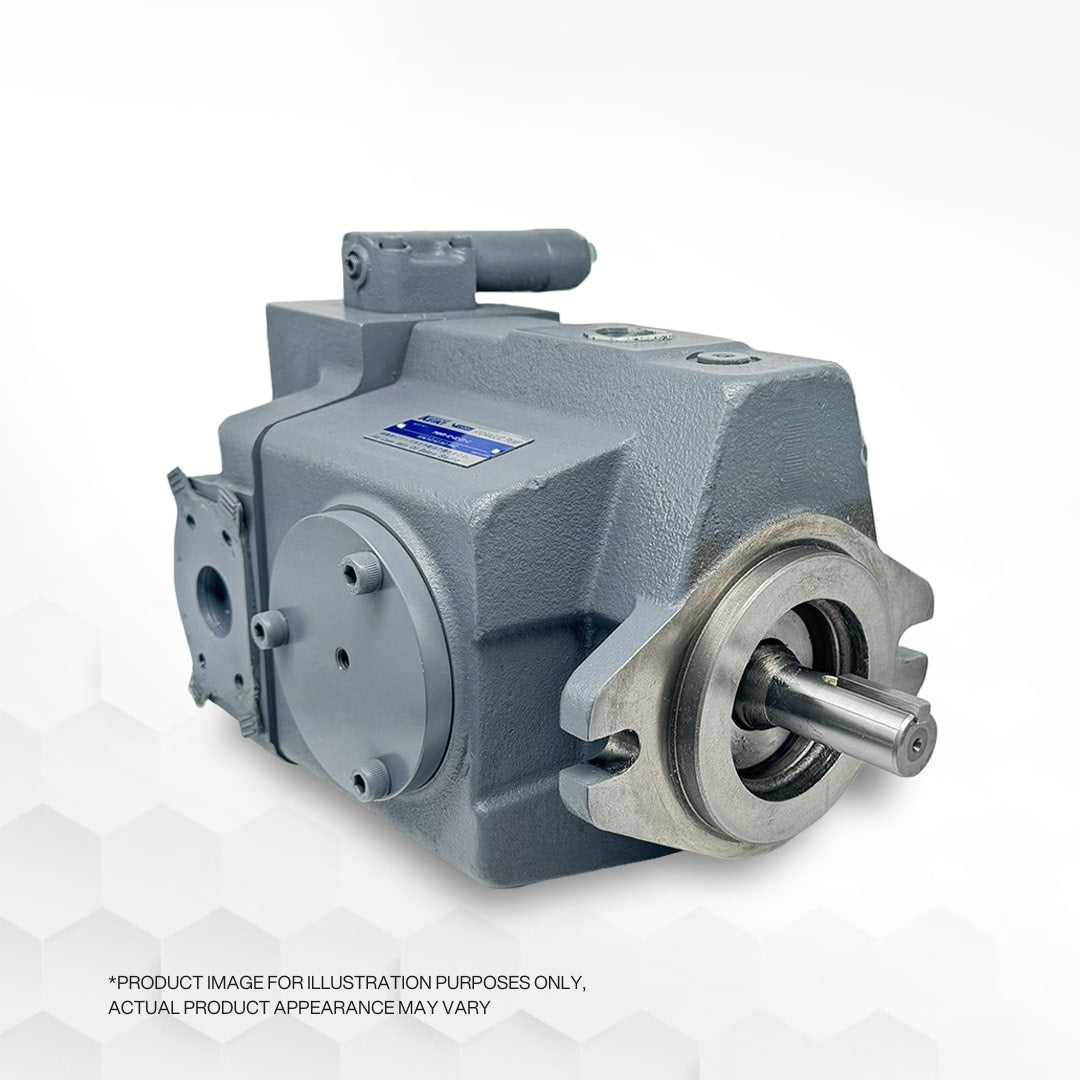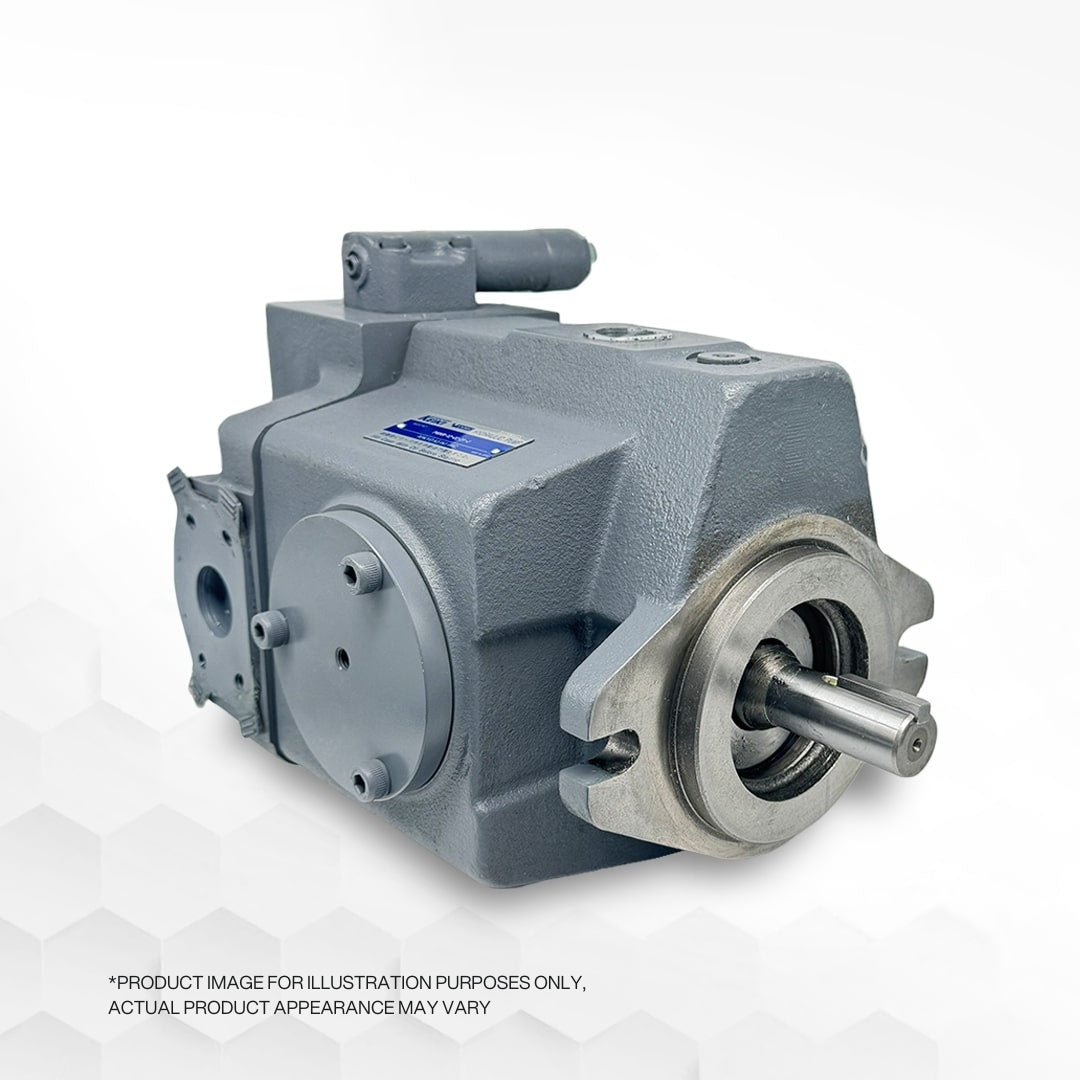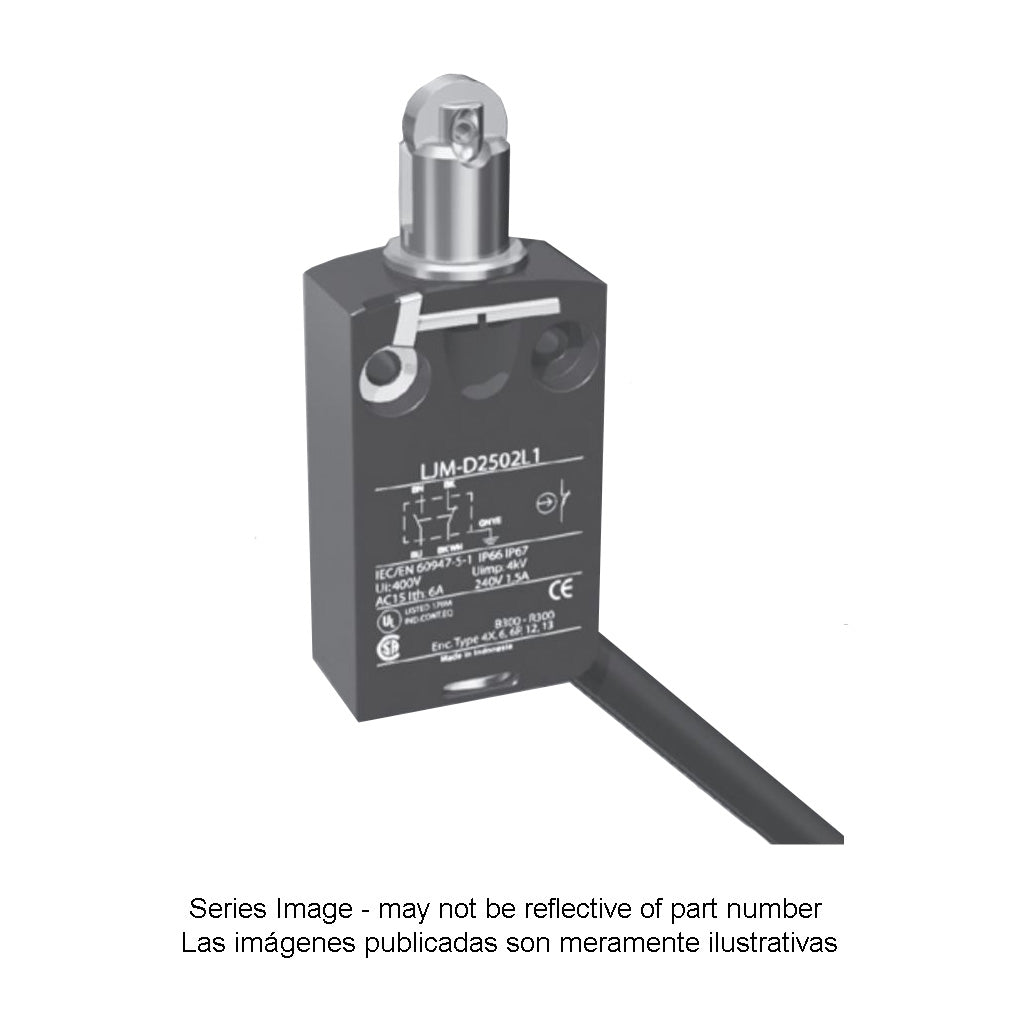
The Proximity Sensors and Its Types
A proximity sensor is a non-contact sensor designed to detect the presence or absence of nearby objects, as well as their position, direction, velocity, and physical properties. Its versatile capabilities make it valuable for applications such as counting, sorting, automatic routing, positioning, and quality control. There are five main types of proximity sensors:
-
Inductive Sensors: These sensors create an electromagnetic field to detect metallic objects exclusively. They can detect targets within a range of approximately 40mm to over 60mm.
-
Capacitive Sensors: Unlike inductive sensors, capacitive sensors can detect both metallic and non-metallic targets by measuring changes in capacitance between the sensor and the target material. They have a relatively close detection range, usually within 50mm.
-
Magnetic Sensors: Magnetic sensors are utilized to detect magnetic fields in terms of flux, strength, and directions. They have long been used to monitor the positions, directions, rotations, and angles of objects, as well as the presence of electric current.
-
Photoelectric Sensors: Photoelectric sensors emit visible or infrared light and detect changes in the received light pattern. There are three main types of photoelectric sensors: through-beam (opposed, thru-beam, sender-receiver), retroreflective (reflective), and diffused (proximity, prox) modes. These sensors find applications in industrial manufacturing, packaging, and food and beverage industries.
-
Ultrasonic Sensors (Radar Sensors): Ultrasonic sensors generate inaudible ultrasonic sound waves to detect targets based on the timing of the received sound waves. There are two types of ultrasonic sensors: through-beam (opposed, thru-beam, sender-receiver), and diffused (proximity, prox) modes. They are commonly used in industrial manufacturing, packaging, and food and beverage industries.
When considering the purchase of a proximity sensor, several factors should be taken into account:
-
The Target or Object: Determine whether the target is metallic, magnetic, or non-transparent, as different sensors are designed for specific target materials.
-
Distance from the Sensor: Consider the maximum range required for the application, as the accuracy and range vary depending on the sensor type. Magnetic sensors typically offer the greatest accuracy over longer distances.
-
Environmental Conditions: Assess the operating environment of the sensor. Some sensors are suitable for harsh, dirty, and damp environments, while others, like inductive and capacitive sensors, may not be effective in corrosive surroundings.
-
Power Supply and Mounting: Consider the power supply requirements and the mounting options to ensure that the sensor functions optimally. Additional power sources, shields, and miniature sensors may be necessary in specific cases.
-
Signal Transmitting Process: Understand the signal transmitting process of the sensor. Some sensors require a programmable logic controller (PLC) device, while others can transmit signals remotely. Additionally, sensors may offer digital, analog, or binary outputs.
Taking these factors into consideration will aid in selecting the most suitable proximity sensor for the intended application, ensuring optimal performance and efficiency.








